Millet /Panucum sp./ is an annual tall plant, which, in its appearance is considerably close to corn. Its height varies from 40 cm to 2 m, according to the variety.
Although it is most often associated with grains that have been placed in the feeding of the birds, it is not just that. Mashed like creamy potatoes as or as grains such as rice, millet is a delicious wheat that can be added to various foods. Like most wheats, it is available in stores year round.
Millet is a small round grain, which may be white, gray, yellow or red. The most widespread form, which can be found in stores, is the peeled pearl variety, though traditional couscous made from ground millet can be seen often too.
It is believed that millet originated in North Africa and particularly from Ethiopia , which has consumed it since prehistoric times. Today it is still a very important food in Africa, which produces a traditional bread known as inyera.
Millet was very popular in ancient Asia and India and in the Middle Ages gained popularity in Europe, especially in its eastern part.
Today the main producers of millet are India, China and Nigeria.
Technically, millet is a seed, not a grain, but since here we consider it in culinary terms, we call it a grain. The term millet refers to different types of grains, some of which belong to the same genus. The types of millet, we consume as food, mainly belong to scientific categories Panicum miliaceuem or Setaria italica. Since millet does not contain gluten , it is a wonderful grain alternative for people having allergies to gluten.
Composition of millet

Millet is very rich in vitamins A, E, B1, B2, PP, and the minerals like silicon potassium, magnesium and phosphorus. Millet has high content of fiber, starch, glucose and rapidly oxidizing fat. It contains copper, nickel, zinc and iodine.
100 g of millet porridge, which is cooked without any additives has 11.33 g protein , 3.07 fat, 69.23 carbs , 0.33 g of water.
Selection and storage of millet
Millet can be had in its whole wheat form or ground. As with other food we buy packaged, we must make sure that the package is closed and contains no moisture.
Keep millet in a container with a lid in a cool, dry and dark place where it will be protected for several months.
Millet in cooking
Like other whole wheat food, millet should be well washed and cleaned of sand or other debris.
- To 1 cup millet add two and a half cups of water.
- Once the millet is added to the water and it has been heated to reduce heat, cover and leave at a low temperature for around 25 minutes
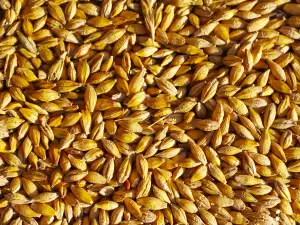
- If you want the millet to form a creamy substance, add a little water and stir.
- Cooked millet can be served as a breakfast porridge, to which you can add your favorite nuts or fruits.
In some places, millet is a traditional material for making many people's favorite foods.
You should know that the more yellow the ground millet is, the more tasty and nutritious it is. It’s great for soups, porridge with vegetables and desserts.
Benefits of millet
- It has heart protective properties. Magnesium contained in millet reduces the risk of asthma and frequency of migraine attacks. Furthermore, it lowers high blood pressure , thereby reducing the risk of heart attack, especially in people with atherosclerosis or diabetic heart disease.
- Develops and restores body tissues. Phosphorus provided by millet, plays an important role in the structure of each cell. It is an important component of nucleic acids that are the building blocks of the genetic code.
- Millet and other whole wheat cultures lower your risk of diabetes II. Millet and other such cultures are a rich source of magnesium - a mineral that acts as a cofactor for more than 300 enzymes, including those involved in the use of glucose secretion and insulin.
- It helps in the prevention of the occurrence of gallstones
Taking foods rich in insoluble fiber, such as millet, can help women to prevent the occurrence of gallstones. A study proved that women who received fiber-rich foods showed a 13% reduced risk of developing gallstones.
- Fiber from whole grains and fruits protects against breast cancer. It was found that a diet rich in fiber and fruits, offers significant protection against breast cancer in pre -menopausal women. Studies have shown that taking concentrated fiber foods reduces the risk of breast cancer by 52%.
- Whole grains and fish act as a powerful protector against childhood asthma. Studies show that whole wheat food and fish can reduce the risk of childhood asthma by 50%.
- Offer significant cardiovascular benefits are seen in women after menopause. Taking whole wheat foods such as millet, at least 6 times a week is a good idea, especially for women after menopause who have high cholesterol, high blood pressure or signs of cardiovascular disease.
- Protects from heart failure . In a study conducted in the U.S. where heart failure is a major cause of hospitalization in the elderly population, it appears that people who received daily wholegrain breakfast, have a 29 percent lower risk of heart failure.

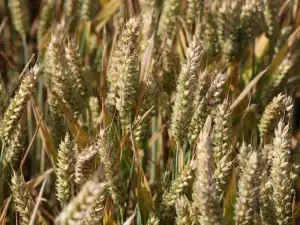
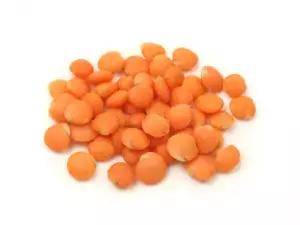
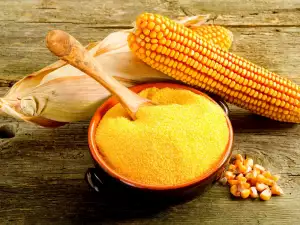
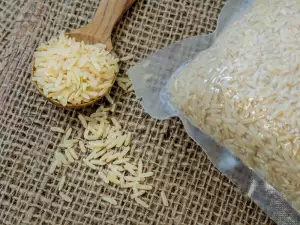

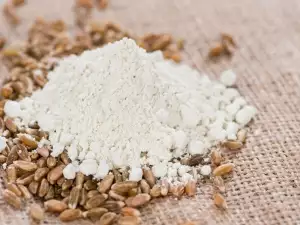
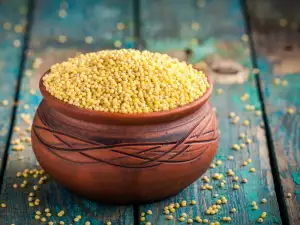
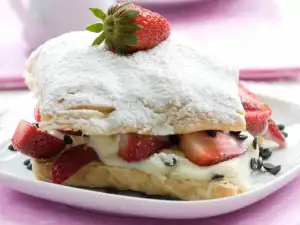
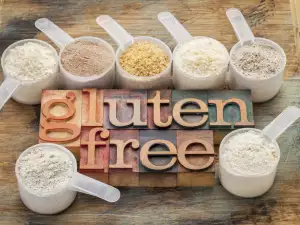


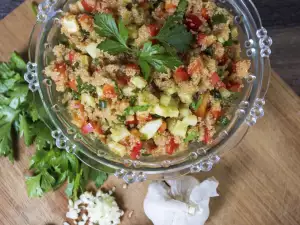
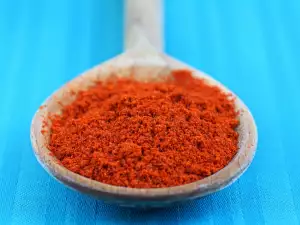

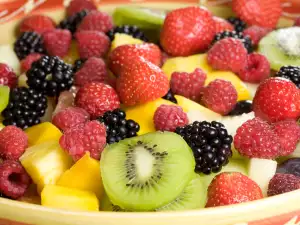




Comments